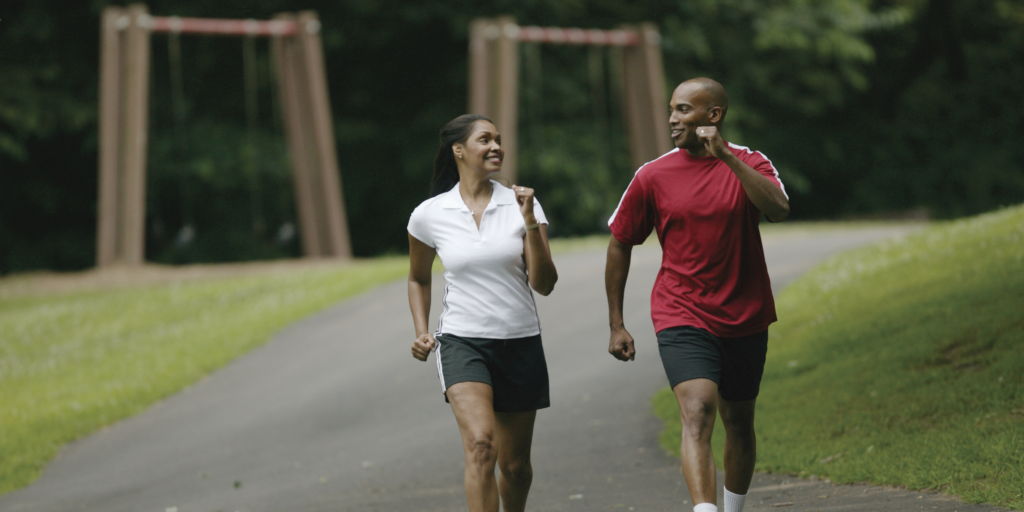A functional assessment is an important part of a physiotherapist’s assessment. Assessing functional movements via telehealth may require some alteration to ensure that the clinician obtains all the necessary information. Below we have provided some suggestions on how to perform various functional assessments via a telehealth consultation.
A functional assessment will evaluate a patients:
- General willingness to move or engage in the assessment
- Quality of movement
- Functional abilities and limitations
- Pain behaviours
Note: During an in-person assessment the physiotherapist may automatically move to be able to see the patient at different angles, however with telehealth you may have to ask patient to turn and repeat movements in order to visualize different planes.
Below we have tables describing suggested lower extremity functional tests, upper extremity functional tests, and some advanced functional tests.
Lower Extremity:
Lower extremity functional tests that can be done via telehealth
| Test | Description | Clinical information |
|---|---|---|
| Gait | walk forwards (4 strides if space) | Antalgic gait, base of support, balance, trendelenburg, step symmetry, dynamic stability |
| Heel and toe walking | Walk a short distance away from and/or facing the camera on heels then on toes. If space is an issue take a few steps perpendicular to the camera. (Coronal view) | Strength, balance, motor neuron performance |
| Squat to~ 90 degrees | Squat down to 90 degrees knee flexion. Coronal view if possible. Can hold onto chair (or counter) for balance if required | Functional mobility knee, hips, ankles. Strength hips and knees, knee valgus or varus |
| Sit to stand | From a seated position, stand up and sit back down in control - not using hands - using hands if required | Functional mobility knee, hips, ankles. Strength hips and knees, weight shift, basic balance |
| Single and double limb heel raises | Raise up heels with weight on ball of foot, double leg or single leg | Functional foot mobility, strength gastrocnemius balance, weight shift, tolerance for joint loading |
| 30 second sit to stand chair test Video | Stand up and sit down from a chair maximum number of times in 30 secs (Standard chair height: 43-46 cm) | Functional mobility knee and hips, lower extremity strength, endurance, balance |
| Balance tests Details & video | 4 stage balance tests (10 secs per stage) 1. feet side by side 2. Instep next to big toe 3. Tandem 4. Stand on one foot | Balance in older adults where balance/falls risk or myelopathy may be an issue Note: If can do stage #4 and if safe, can do single leg stand test (45 secs; eyes open) |
| General self-care function | Take sock on and off | General lower extremity mobility including flip flexion external rotation, knee flexion |
Upper Extremity:
Upper extremity functional tests that can done via telehealth
| Test: description | Clinical information |
|---|---|
| Touch hand to top of head | Shoulder mobility (flexion, external rotation) |
| Touch hand behind back | Shoulder mobility (extension, internal rotation) |
| Finger wall climb | Shoulder flexion, stability |
| Push up against wall, against stable chair or bed | Shoulder and trunk stability and motor control, elbow mobility and stability |
| Lift variety of objects from floor to overhead | General upper extremity stability, strength, mobility |
Advanced Functional Tests:
Advanced functional tests
| Test | Description | Clinical information |
|---|---|---|
| Deep squat | Squat through full available range of motion | Functional mobility and strength of spine, hips, knee, ankles. |
| Single leg stance | Stand on each alternate leg and bring other leg off the floor. Add eyes closed as additional option. | Balance, lower extremity strength |
| Hop tests (various) | Single forward hop for distance, forward triple hop, lateral hop | Strength, power, balance, proprioception |
| Self paced walking speed | Walk in hallway or where there is sufficient space. Patient can pre-measure the distance and mark it on floor with masking tape. | Gait speed, strength. |
| Star excursion balance test Video | Stand on one leg and reach with toe of other leg as far forward, sideways, backwards as possible. Patient may wish to mark floor with tape in advance. | Postural control, mobility, proprioception, balance, strength |
| Plank hold video | Can be done from forearms or with straight arms weight bearing through hands. Body held in straight line parallel to floor. Maintain form for duration of hold | core strength, shoulder stability |
*These tables were modified from Bone & Joint Canada Virtual Assessment of Musculoskeletal Conditions: completing a clinical assessment.
Next – Range of Motion
